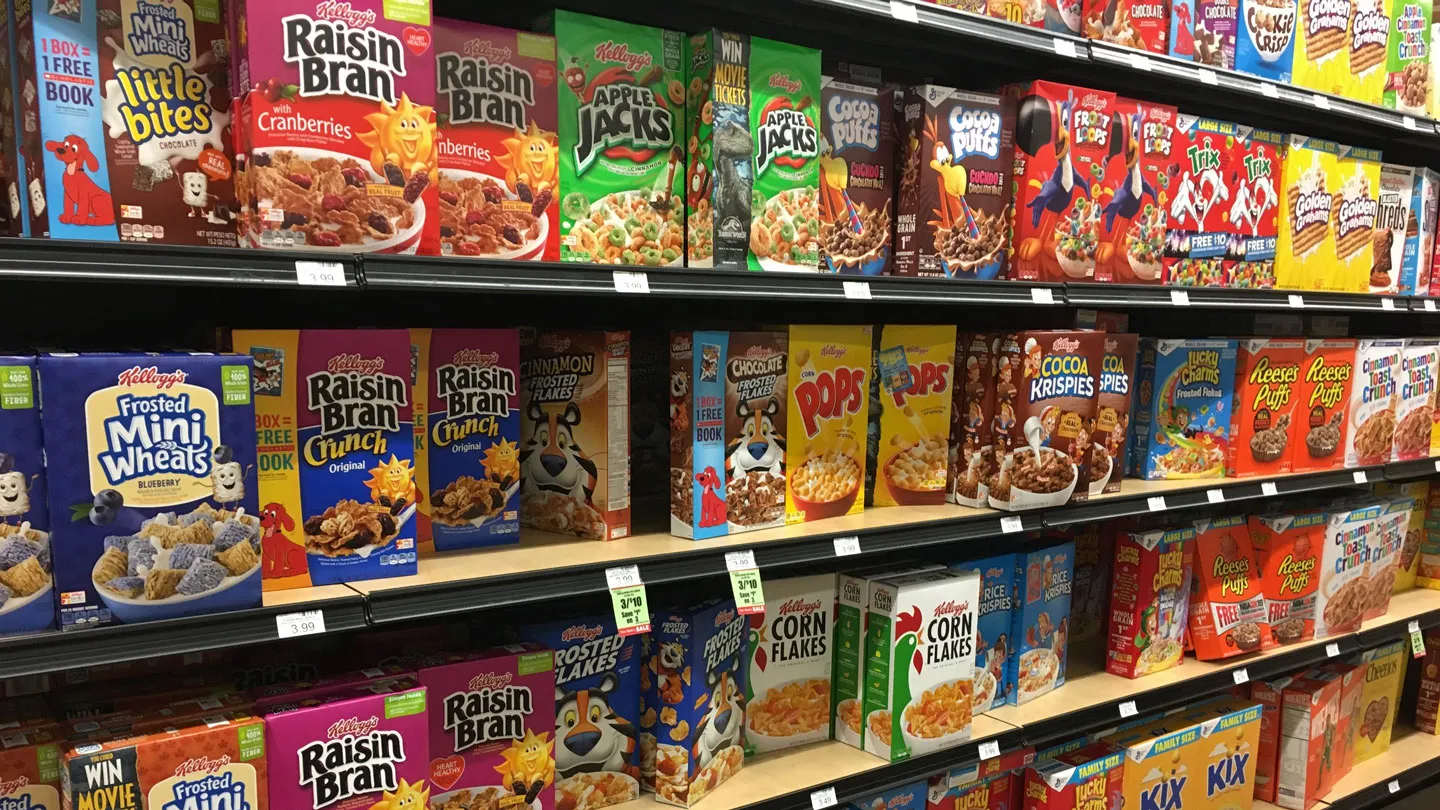Synthetic food dyes are commonly used in processed foods to enhance their appearance, though they offer no nutritional or preservative benefits. These vibrant colorants are especially prevalent in snacks, drinks, and breakfast cereals, often found in products marketed to children. The dyes are identified by their specific color and number, such as “Red 40” or “Yellow 5.” However, in the U.S., clear labelling requirements for these additives are lacking, leaving consumers to guess which products may contain them. This lack of transparency raises concerns, particularly among parents trying to avoid potential additives in foods consumed by their children.
A recent development in California has brought increased attention to the potential risks of synthetic food dyes. The state has passed the California School Food Safety Act, which will ban certain synthetic dyes from public school foods starting in 2028. This legislation stems from growing concerns about the potential behavioural effects of these additives, particularly on children. Studies have suggested that synthetic food dyes might be linked to issues such as difficulty focusing and heightened hyperactivity in children. The California Office of Environmental Health Hazard Assessment reviewed 25 clinical trials, revealing findings that point to a potential connection between these dyes and behavioural changes, which spurred the decision for this preventative measure.
On the federal level, however, the U.S. Food and Drug Administration (FDA) has maintained a different stance. The FDA continues to approve synthetic food dyes, arguing that current evidence does not establish a conclusive link between these additives and behavioural problems in children. While research has pointed to correlations, the FDA asserts that the available data does not meet the threshold required for regulatory action. This ongoing divergence between state and federal perspectives has created a regulatory gap, with some states like California adopting more stringent regulations while the federal government holds to its current approval of these colorants.
As the debate continues, the growing concern around food additives highlights the need for clearer regulations and more comprehensive research on the long-term effects of synthetic dyes, especially in vulnerable populations like children. While California’s legislation represents a significant shift in response to public concern, the broader question remains: Are synthetic food dyes truly harmful, and should their use be more strictly regulated to ensure the safety of consumers


















